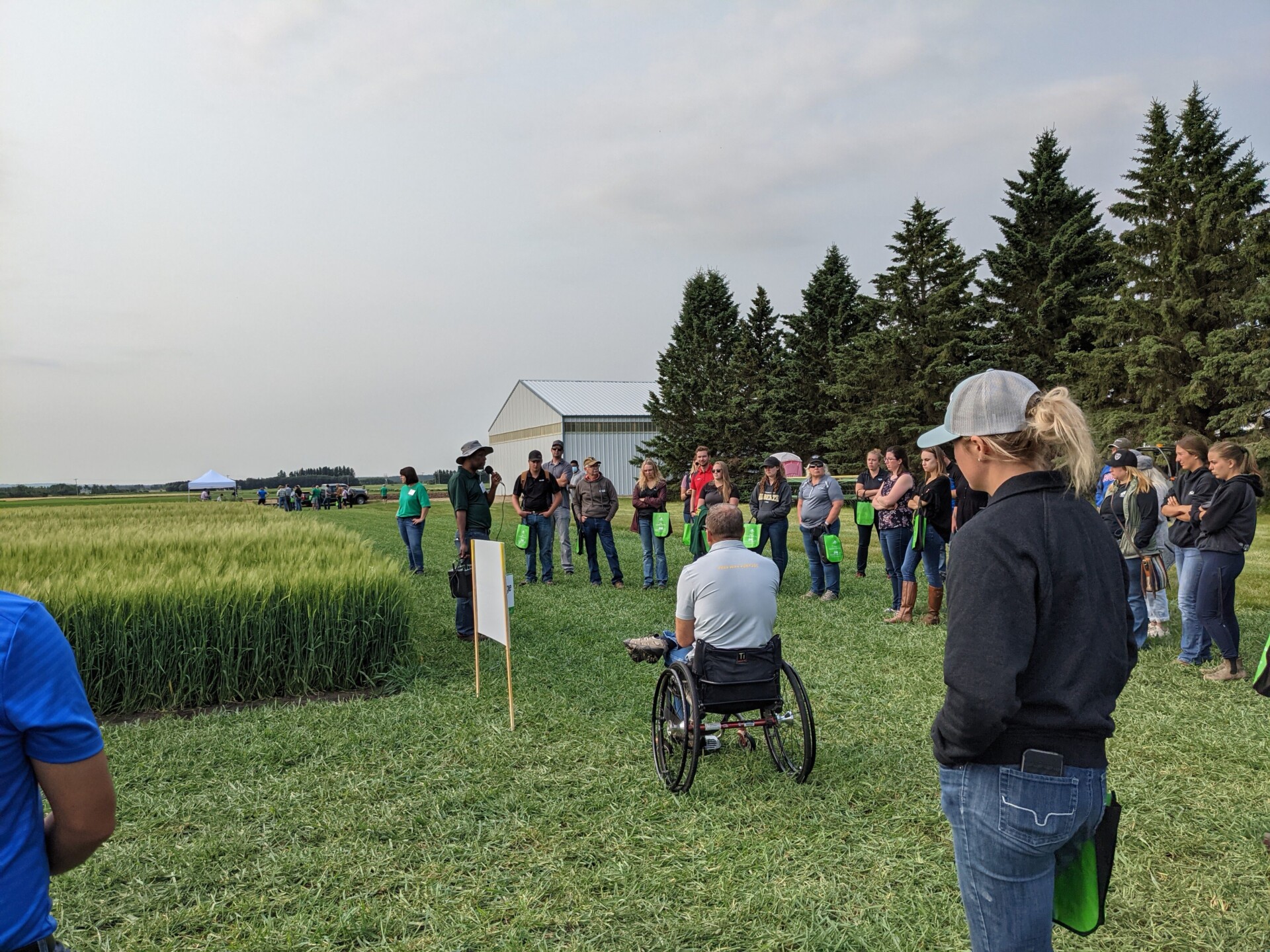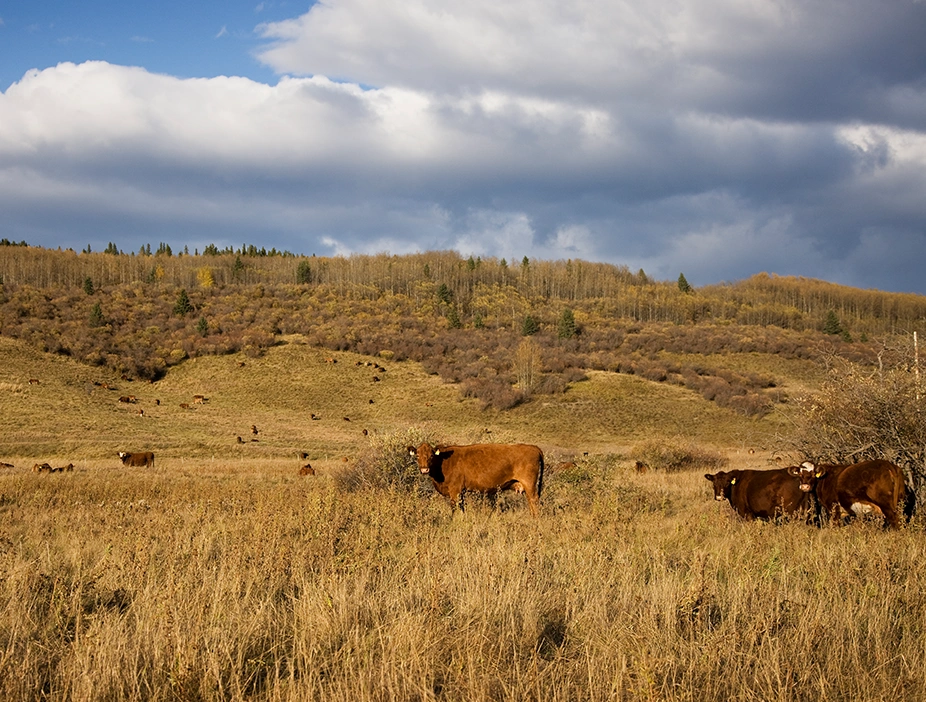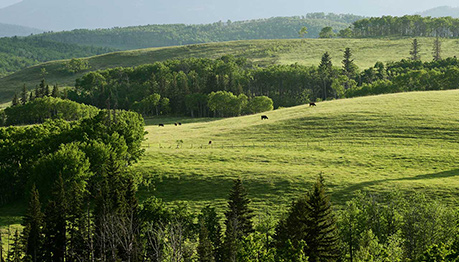Winter hardy alfalfa
Current varieties of winter hardy alfalfa enter into dormancy in late summer and early fall, meaning that growth ceases during that time. While they are grazing tolerant and winter hardy, after the first graze or cut, regrowth does not occur to an extent that permits a second cut or more flexible grazing systems.
Completed: 2018
Rejuvenating sainfoin in existing alfalfa and grass pastures
Despite the high nutritive value and yield of alfalfa, it cannot generally be used in pure stands due to risk of bloating. Legumes that contain tannins, like sainfoin and birdsfoot trefoil protect against bloating, but use of sainfoin has traditionally been limited due to the lower forage yields and slow establishment of older varieties.
Started: 2016 | Completed: 2018
Quantifying yield and quality of perennial varieties and mixtures
Producers are increasingly interested about perennial forage varieties and mixtures. While some yield and agronomic data may be available on these varieties from seed companies, regional data specific to soil type and growing conditions has been limited due to very little participation in the Western Forage Variety Testing System in recent years.
Started: 2016 | Completed: 2018
Selection of annual forage wheat lines for yield and quality
Until very recently, regulatory requirements did not allow for the registration and release of forage wheat varieties. Crops like barley, oats, and triticale were not subject to those same requirements, and have had some forage-specific varieties released over the years, but there are no forage-specific varieties of wheat in Canada.
Started: 2015 | Completed: 2018
Selecting for improved feed efficiency and carcass quality: putting theory into practice
Research under the first Beef Science Cluster (FDE.05.09 and BQU.03.10) identified a number of genomic markers for feed efficiency and carcass characteristics in feedlot cattle. However, the potential impact of selecting for improved feedlot feed efficiency on maternal traits (cow winter feed requirements and reproductive traits) is unknown.
Completed: 2018
Assessing production with additional protein in late gestation cows
As a calf grows, the nutrient requirements of the cow increase substantially. In cases where energy demand exceeds the nutrients available, skeletal muscle may be used as a source of energy.
Started: 2015 | Completed: 2018
Understanding dark cutters to reduce prevalance
Dark cutting is a multi-factorial condition caused by the interaction of a number of different management and animal factors. Even though a great deal of work has gone into attempting to prevent the dark cutting condition, it continues to occur and may even be rising.
Completed: 2018
Showing 25-36 of 77



